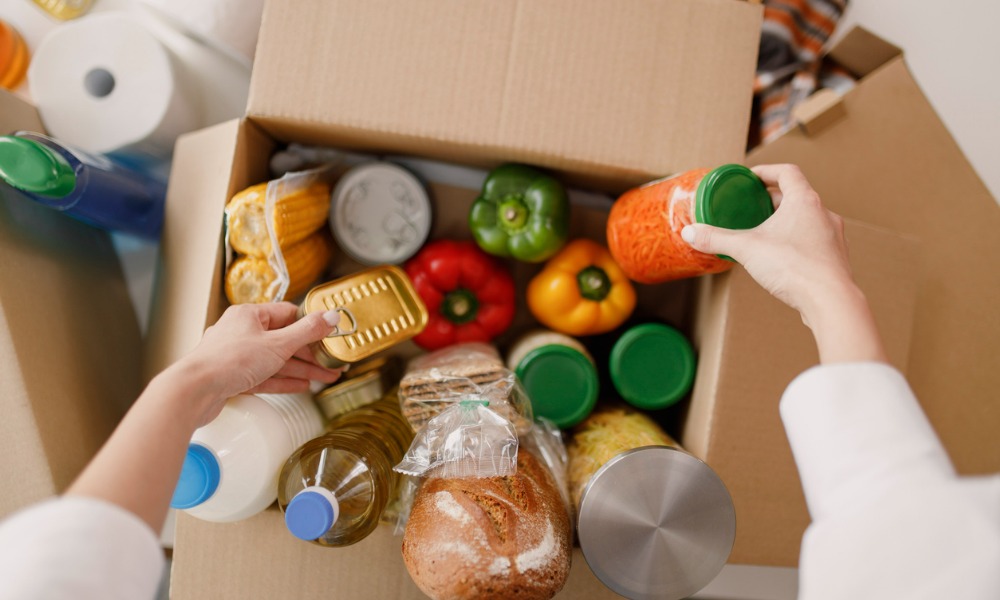Statistics Canada survey reveals that inflation is weighing heavily on almost three quarters of Canadian households

The cost of putting food on the table is rising to unsustainable levels in millions of financially-stressed Canadian households.
New figures from Statistics Canada shows that, with inflation pushing up the price of groceries by 10% in the year to April 2022, one in five Canadians say they are likely or somewhat likely to use a food bank or get help from other community food resources.
This is a sharp rise from the estimated 2% of households that were believed to be relying on food banks in the first three months of the pandemic in 2020.
Food Banks Canada says that food banks across the country typically see demand ease during the summer months, but this is not looking likely this year.
“Food banks in most regions of Canada are experiencing an influx of Canadians visiting food banks for the first time — a number that’s increased by up to 25% in some regions, which we haven’t seen since the first few months of the pandemic,” said newly-appointed CEO Kirstin Beardsley.
Food banks are also reporting that they are seeing former clients forced to return after 5 or more years of not having to rely on food banks to get by.
Beardsley says that inflation is a divergence from the typical reason someone visits a food bank.
“In the past, people would turn to food banks during times of job loss, or due to lower wages — but over the past six months, Canadians are telling us that they are running out of money for food because of rising housing, gas, energy and food costs. That’s an indication that we need to find new longer-term solutions to fight hunger and food insecurity.”
Budget challenges
Statistics Canada’s Portrait of Canadian Society survey reveals that higher prices are impacting the ability of 3 in 4 households to meet everyday costs including transportation, housing, food, and clothing.
Households are finding it harder to budget for food due to higher costs of other essentials such as shelter and transportation.
Urban respondents were most likely to say that the cost of food was their biggest concern, while those in rural areas said transportation costs were their biggest concern.
Canadians under 40 were more than twice as likely than those over 40 to say that they are concerned about their ability to pay their mortgage or rent.
The Bank of Canada said Thursday that vulnerabilities from high levels of household debt and high housing prices have increased and pose key risks to the Canadian financial system.



